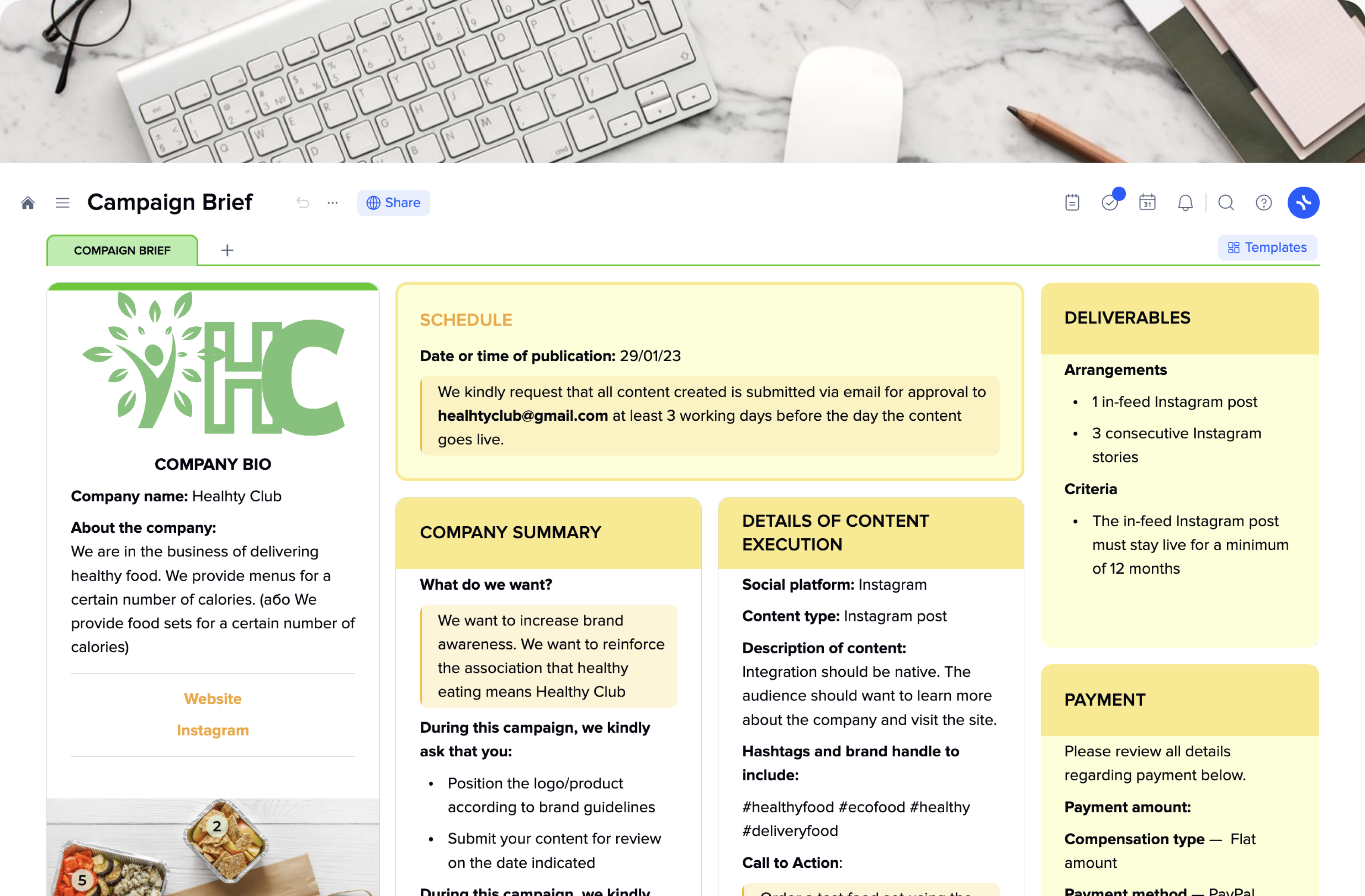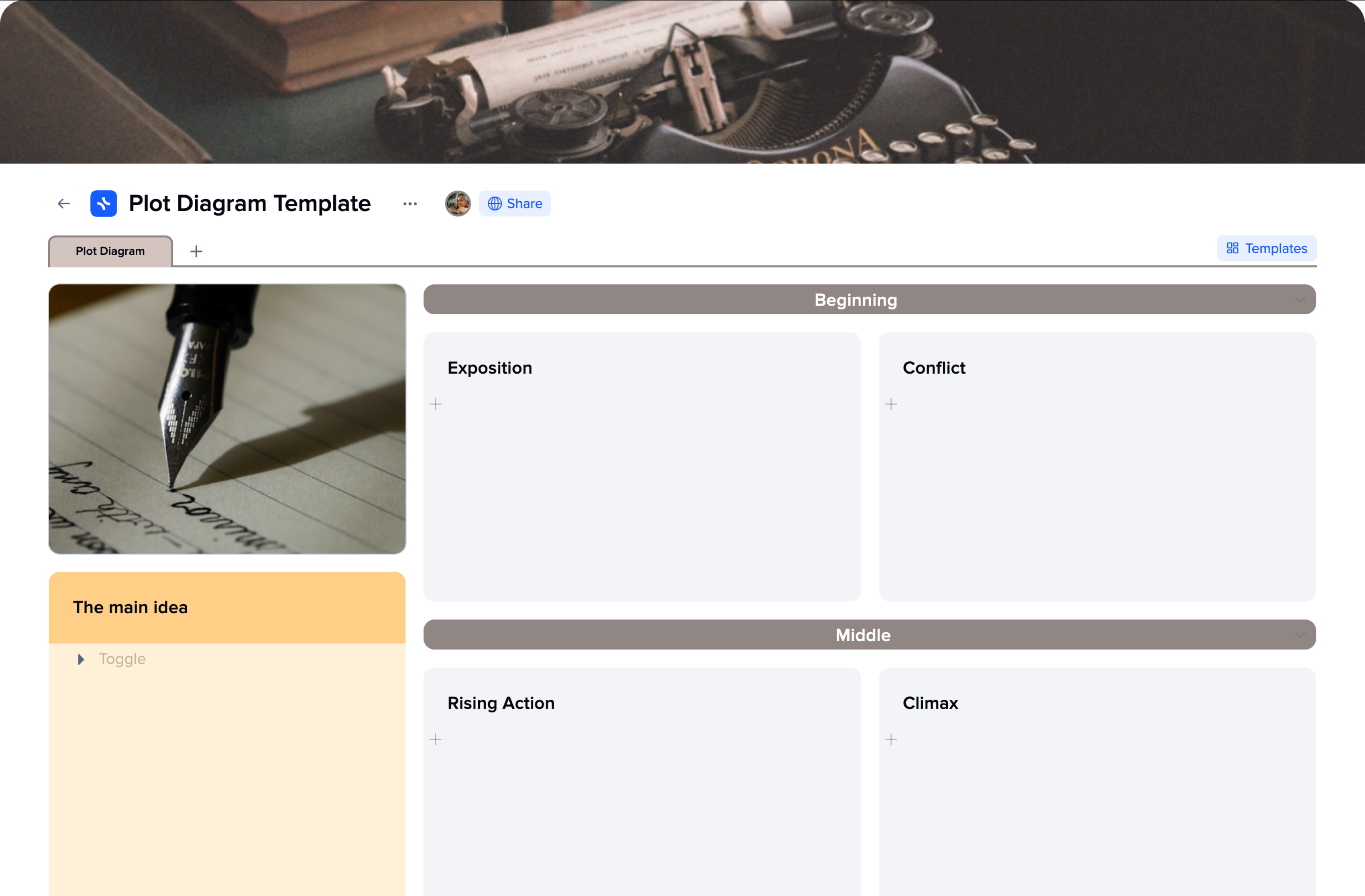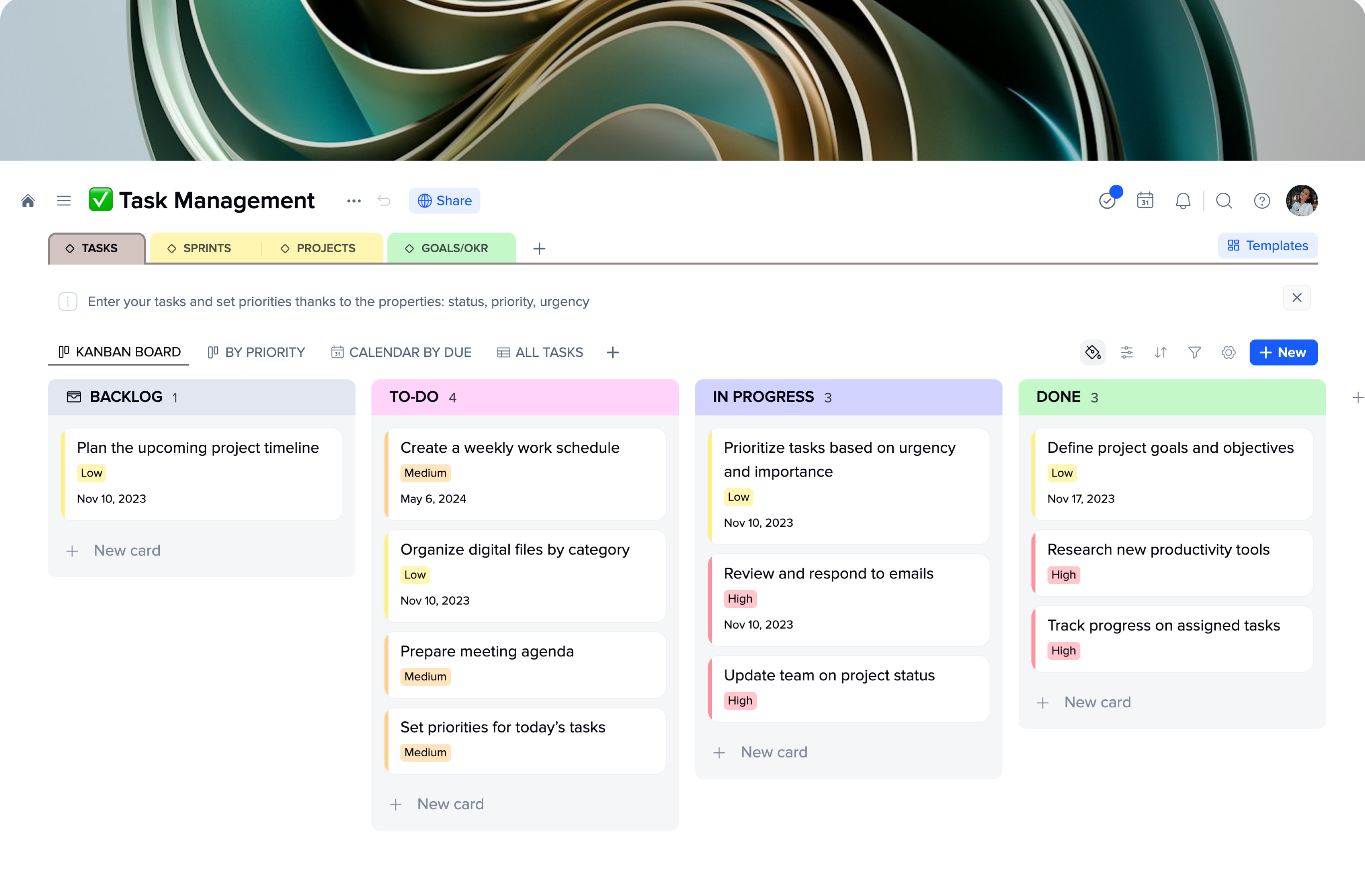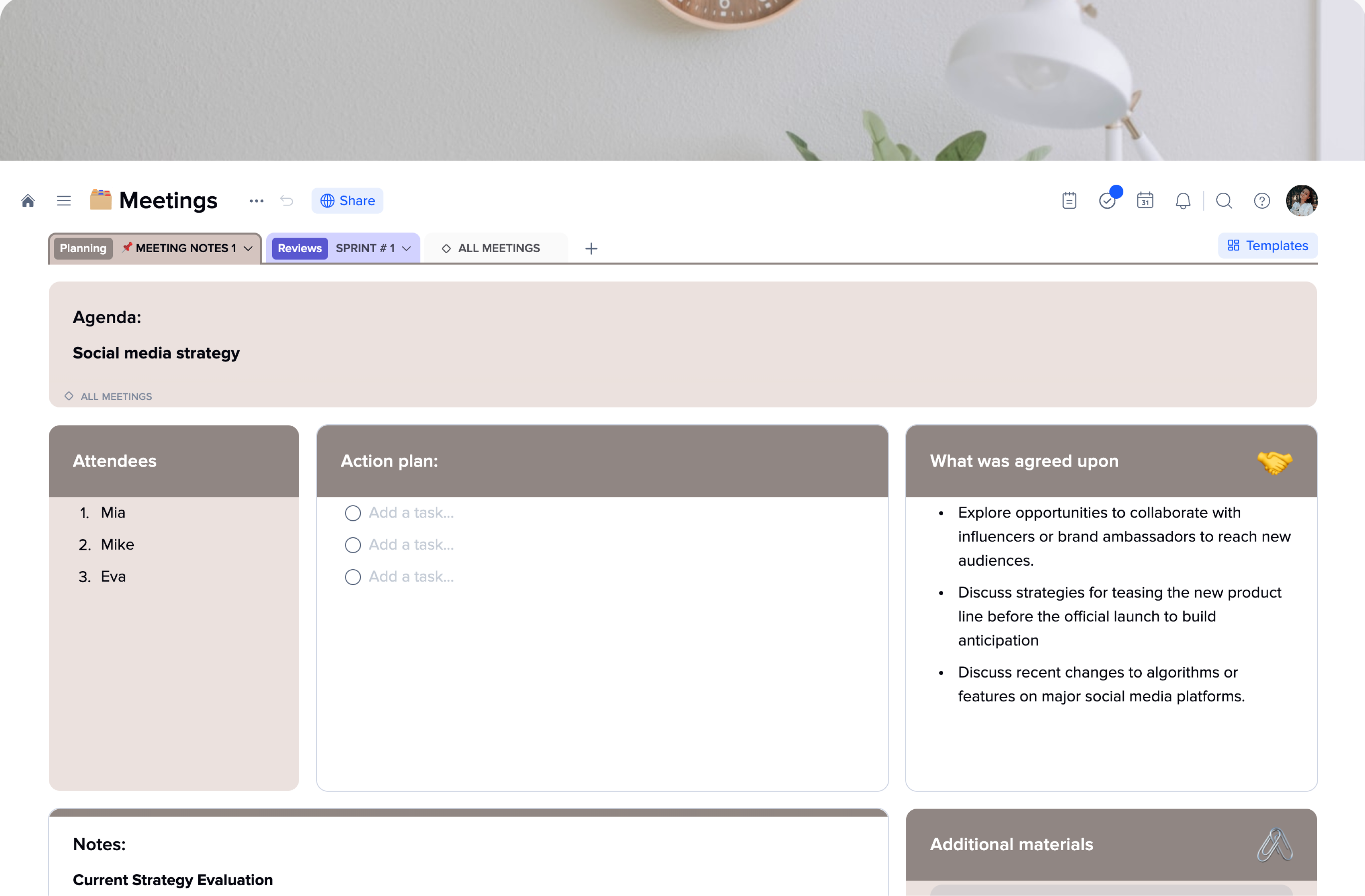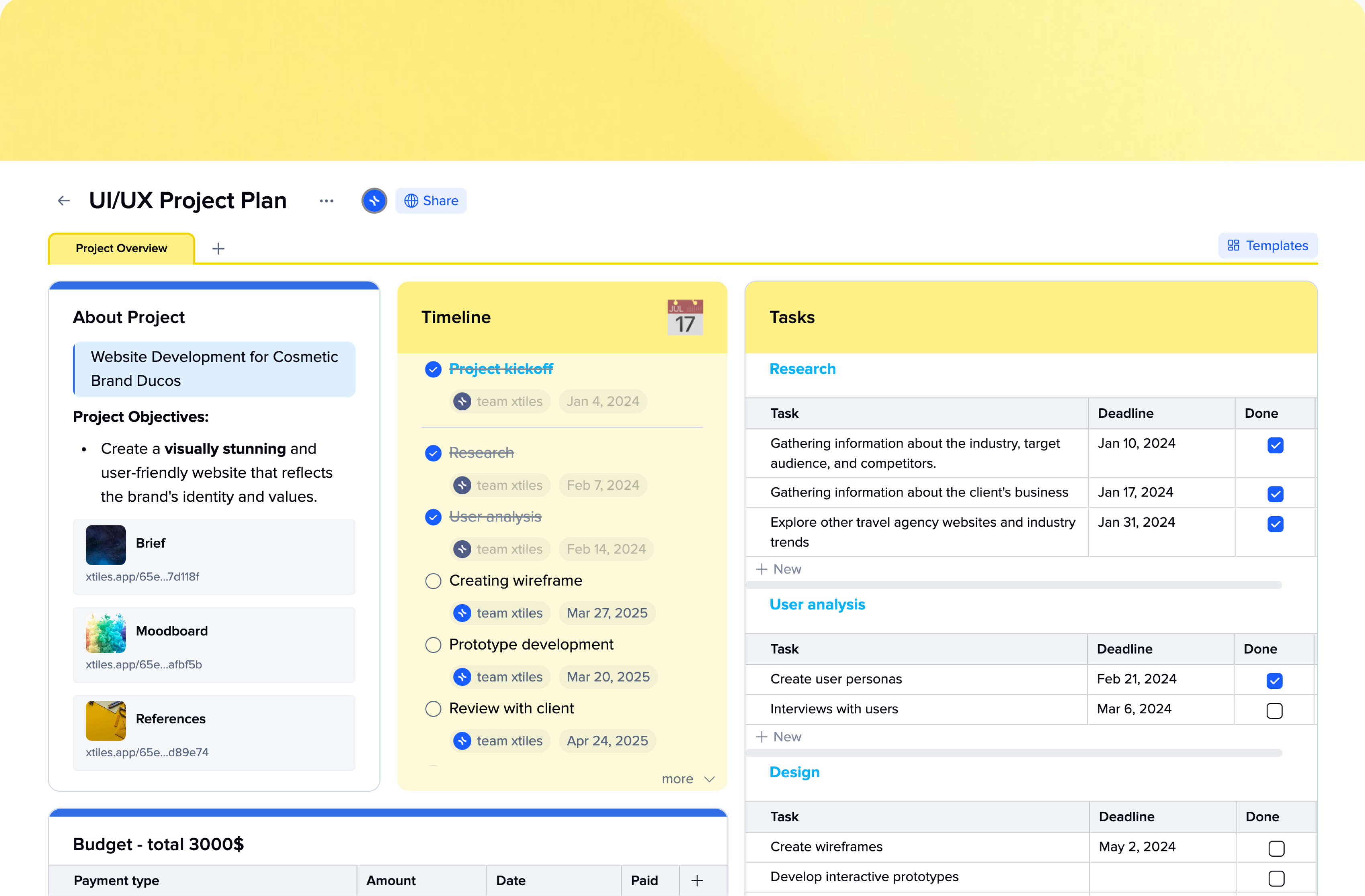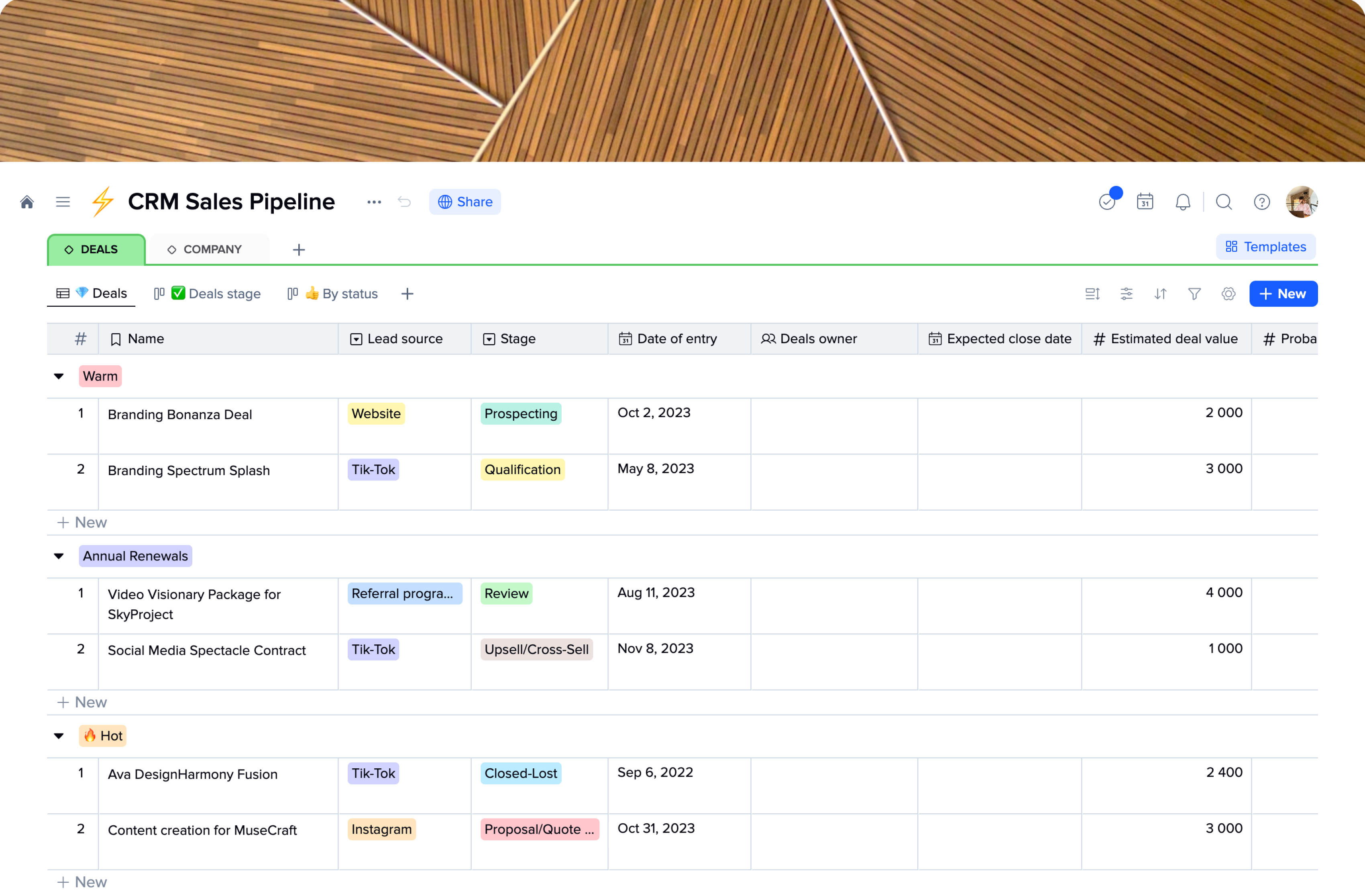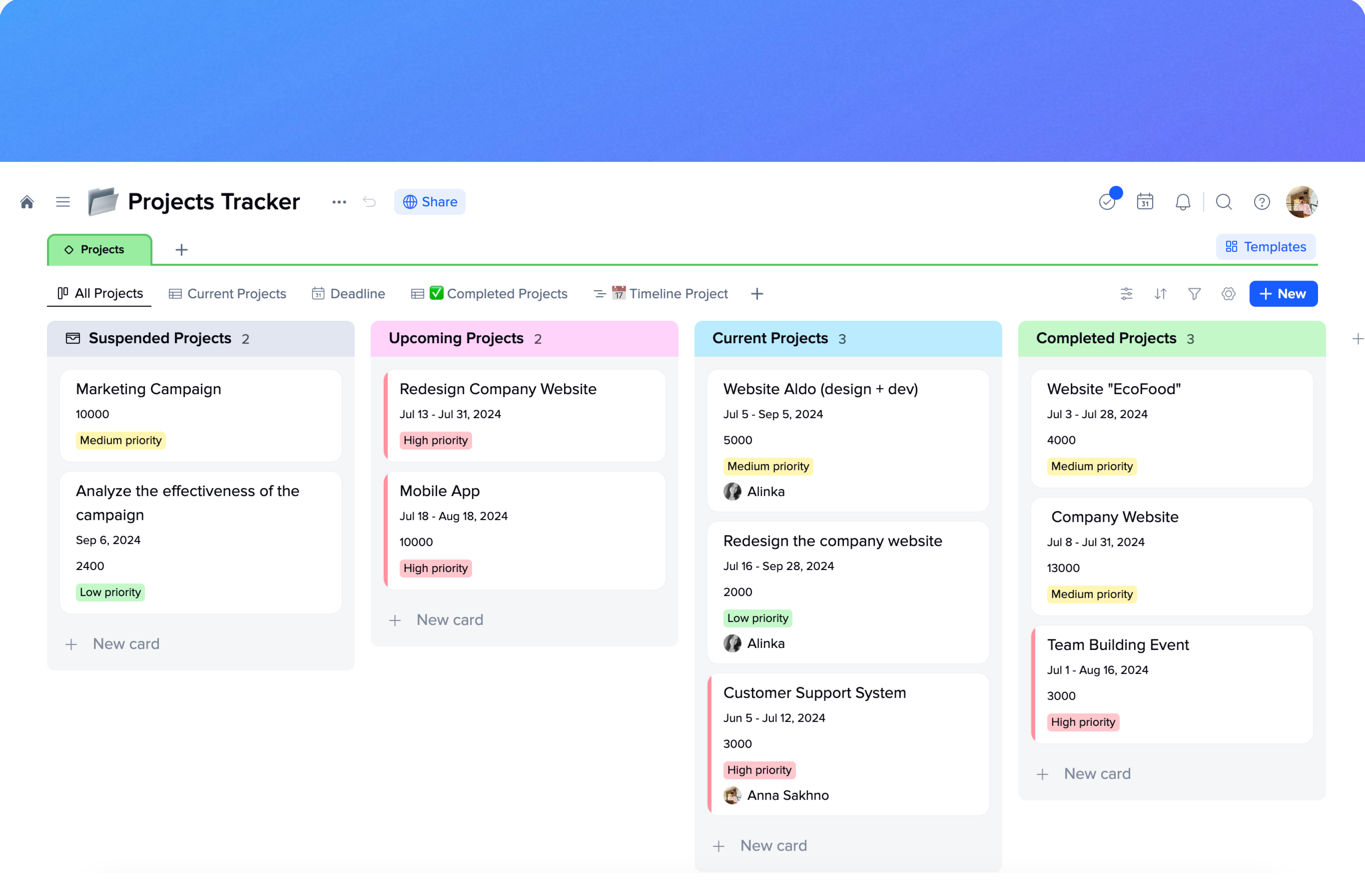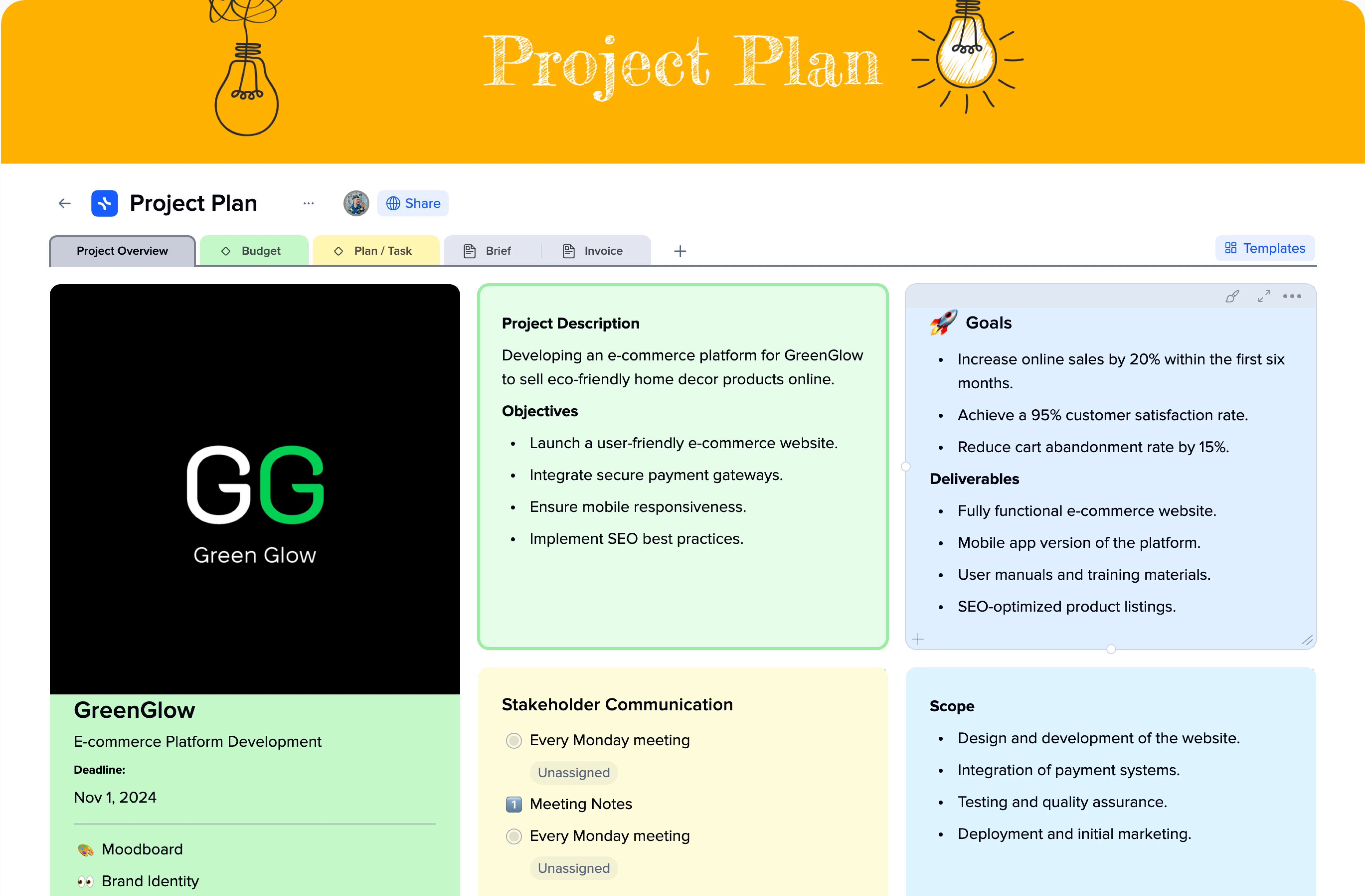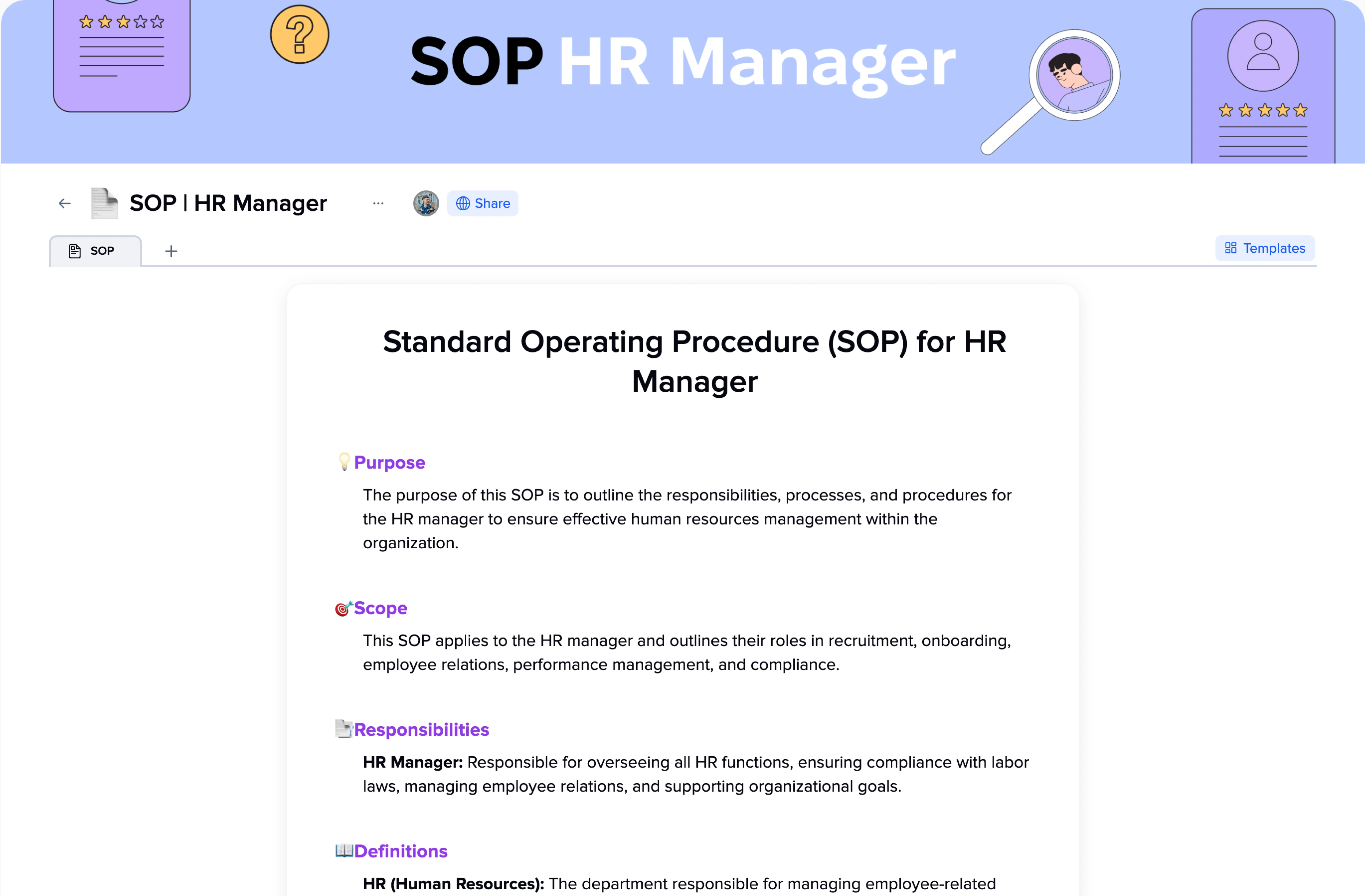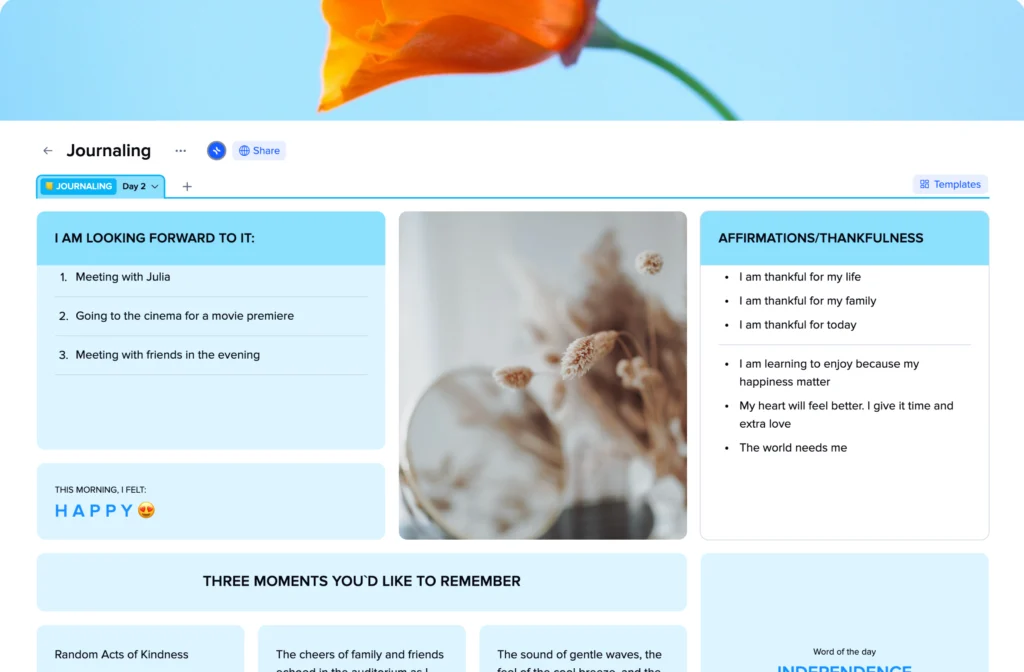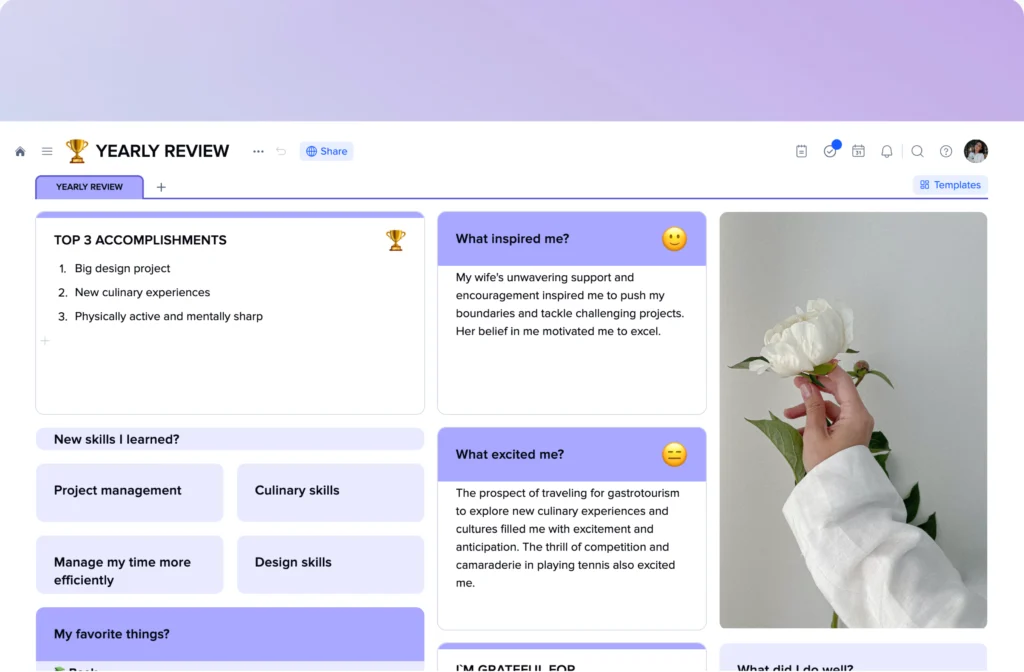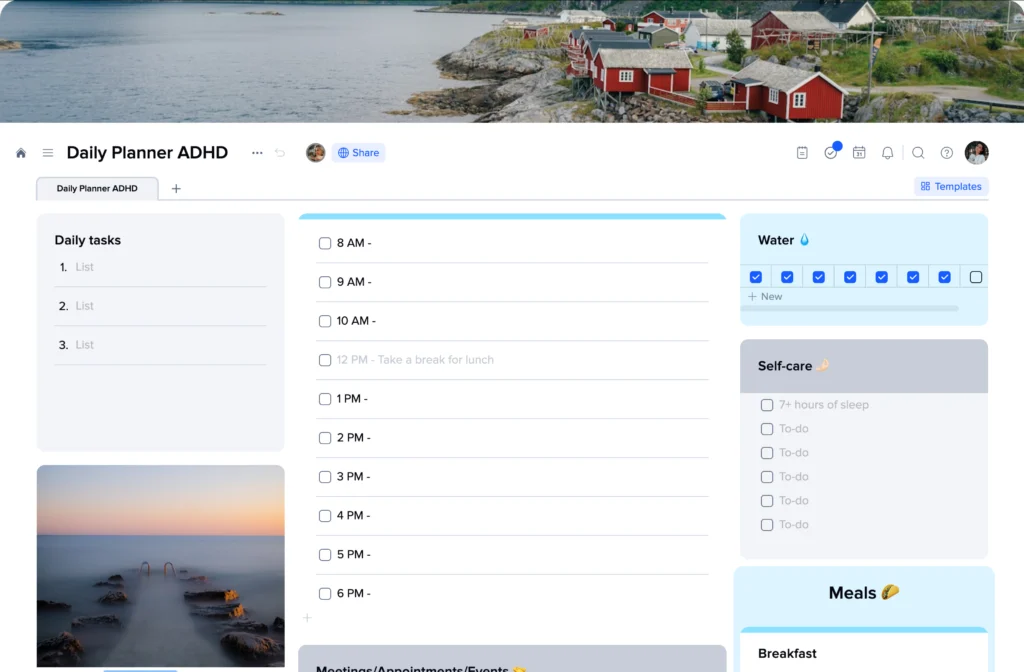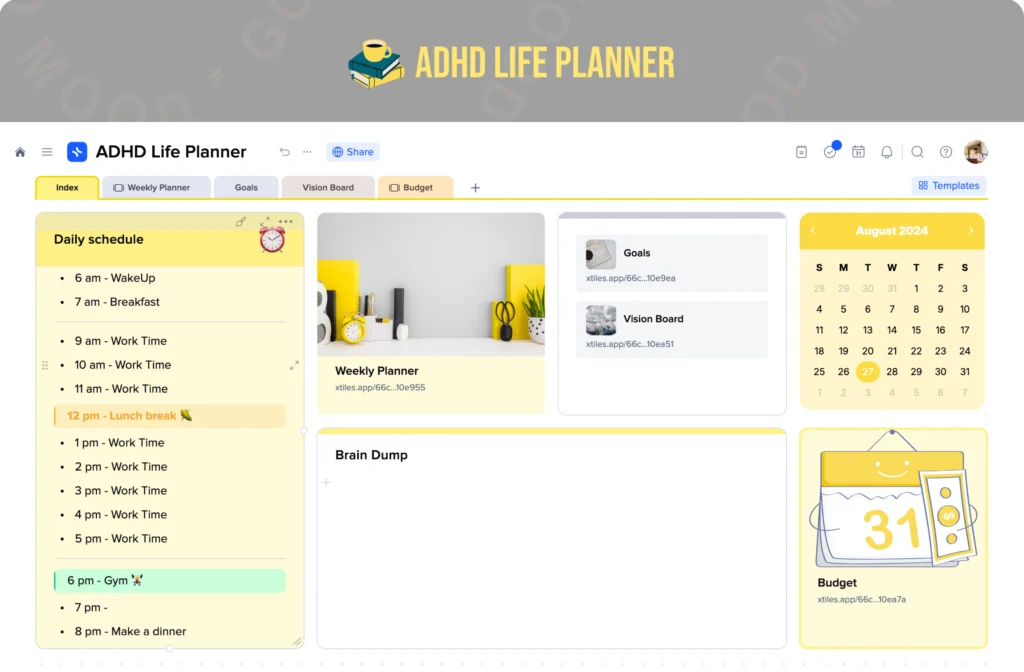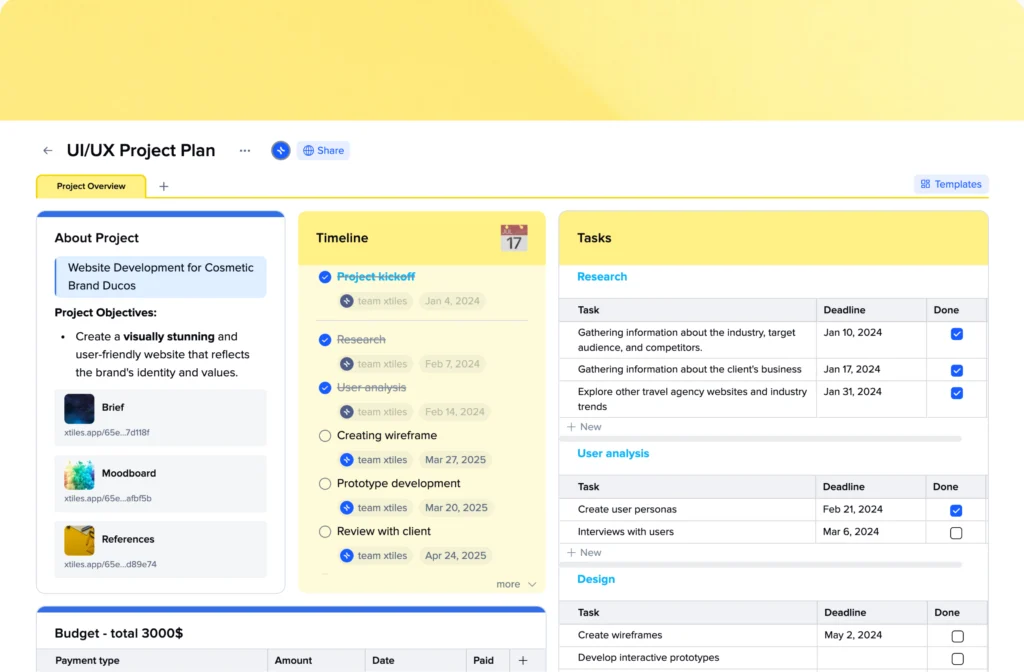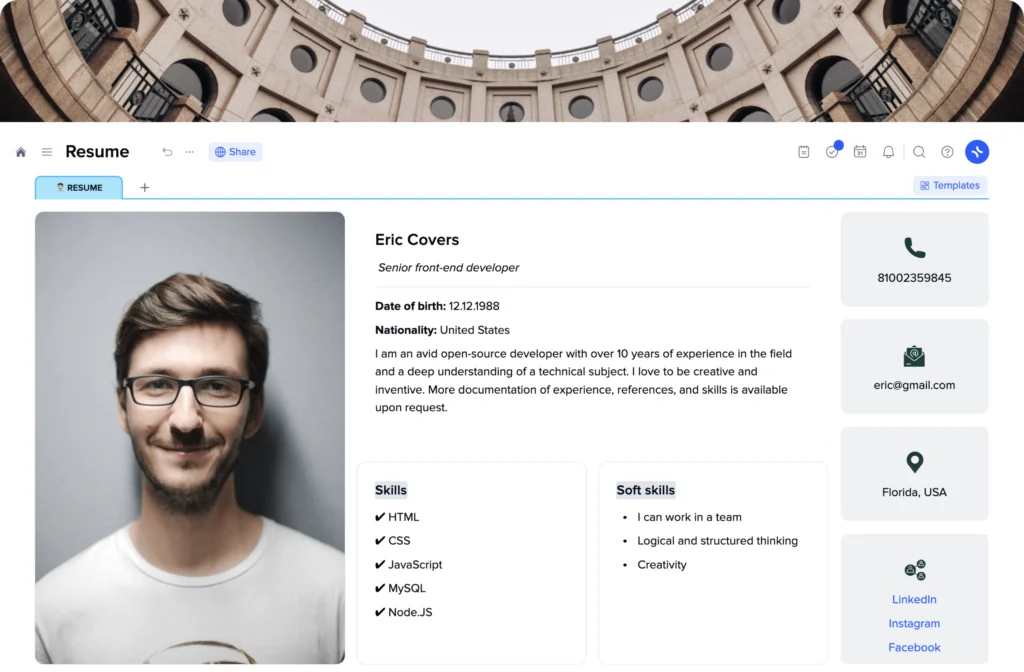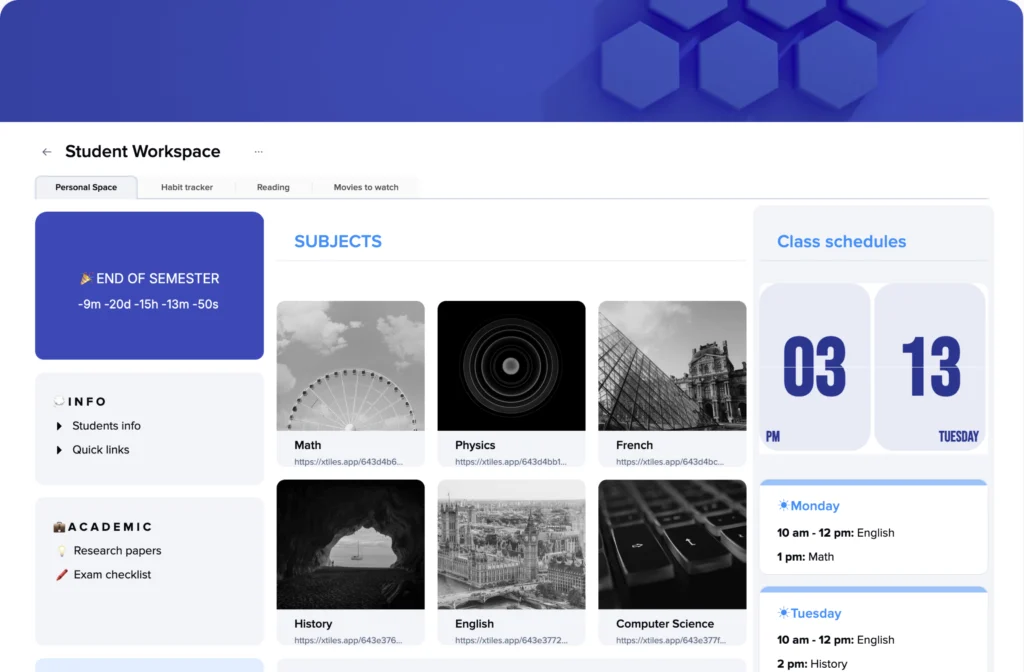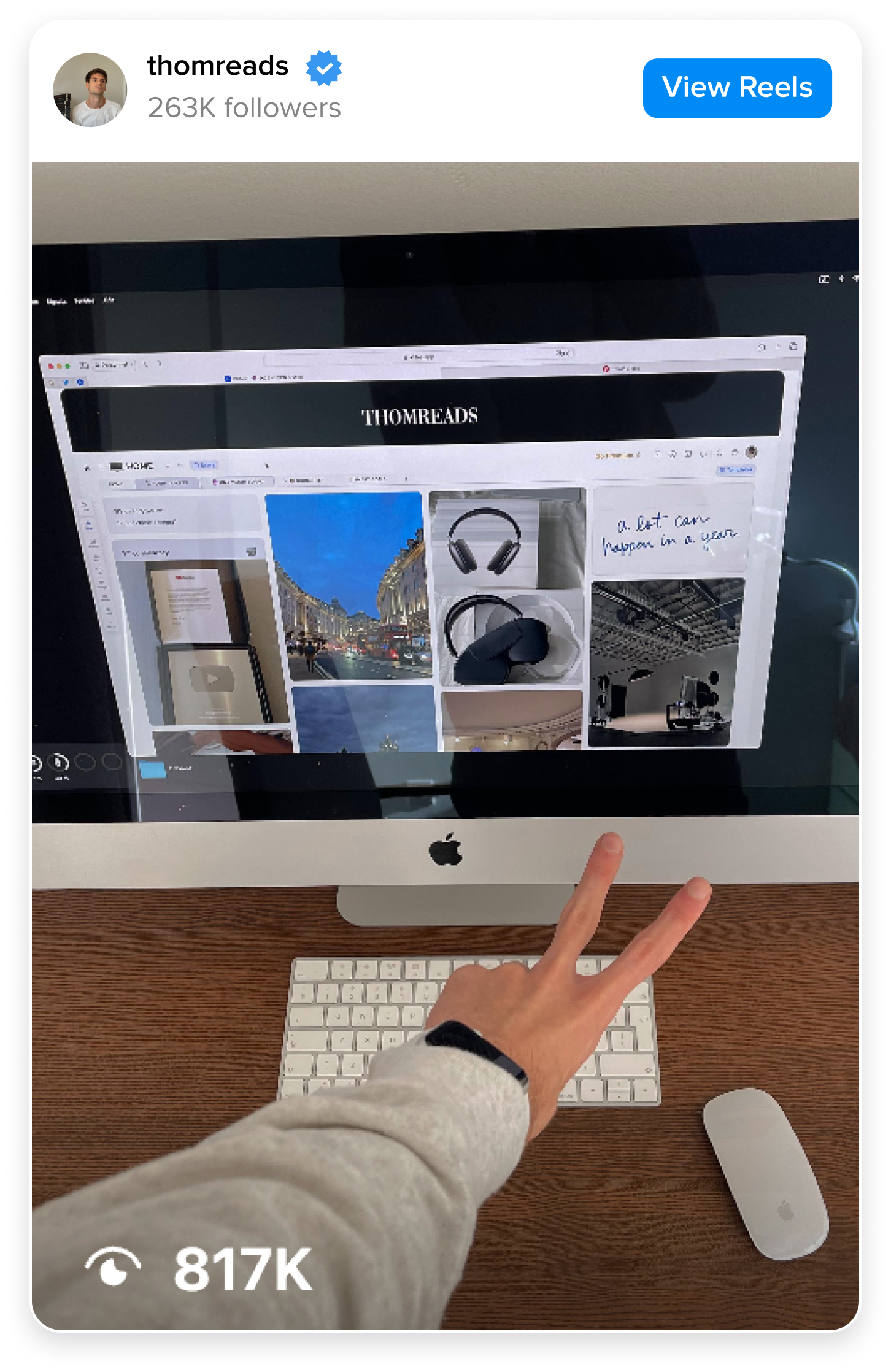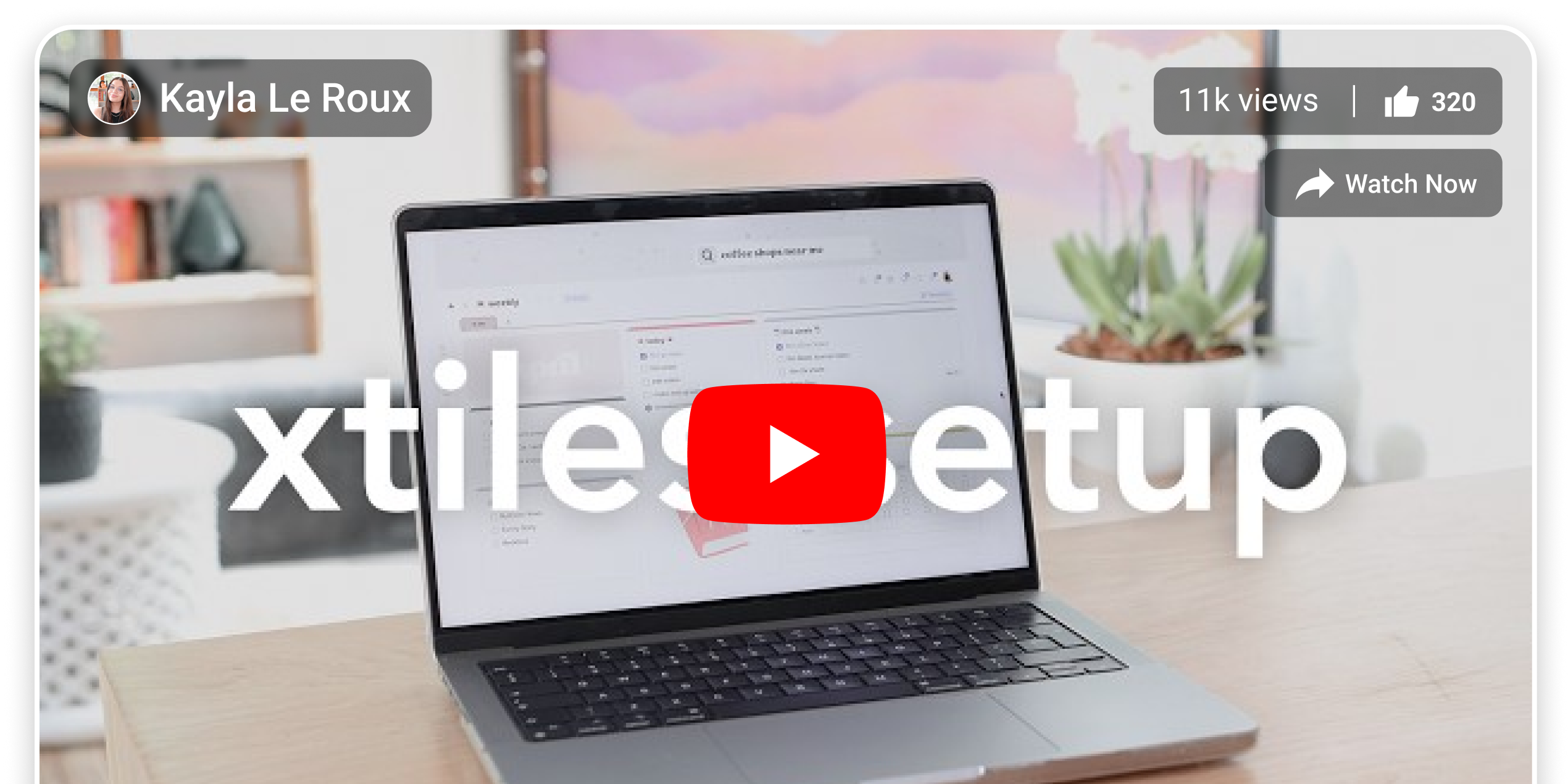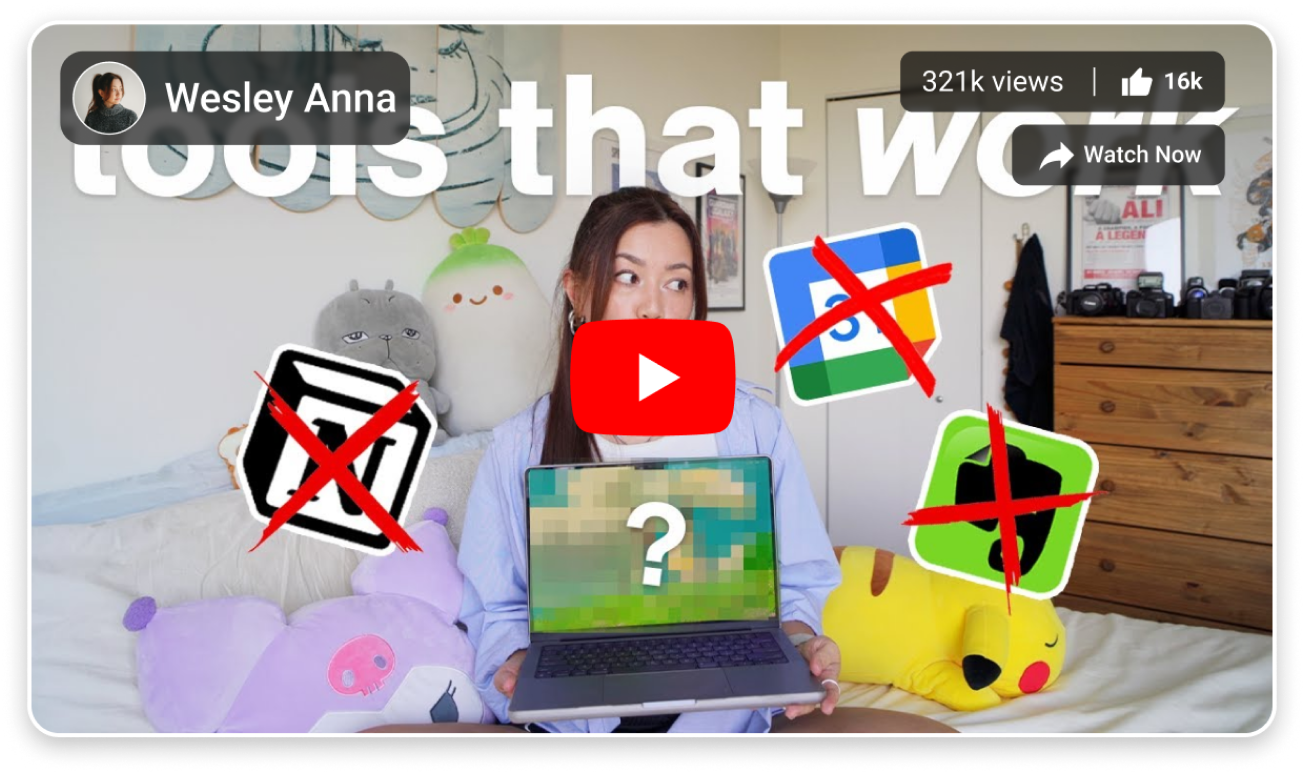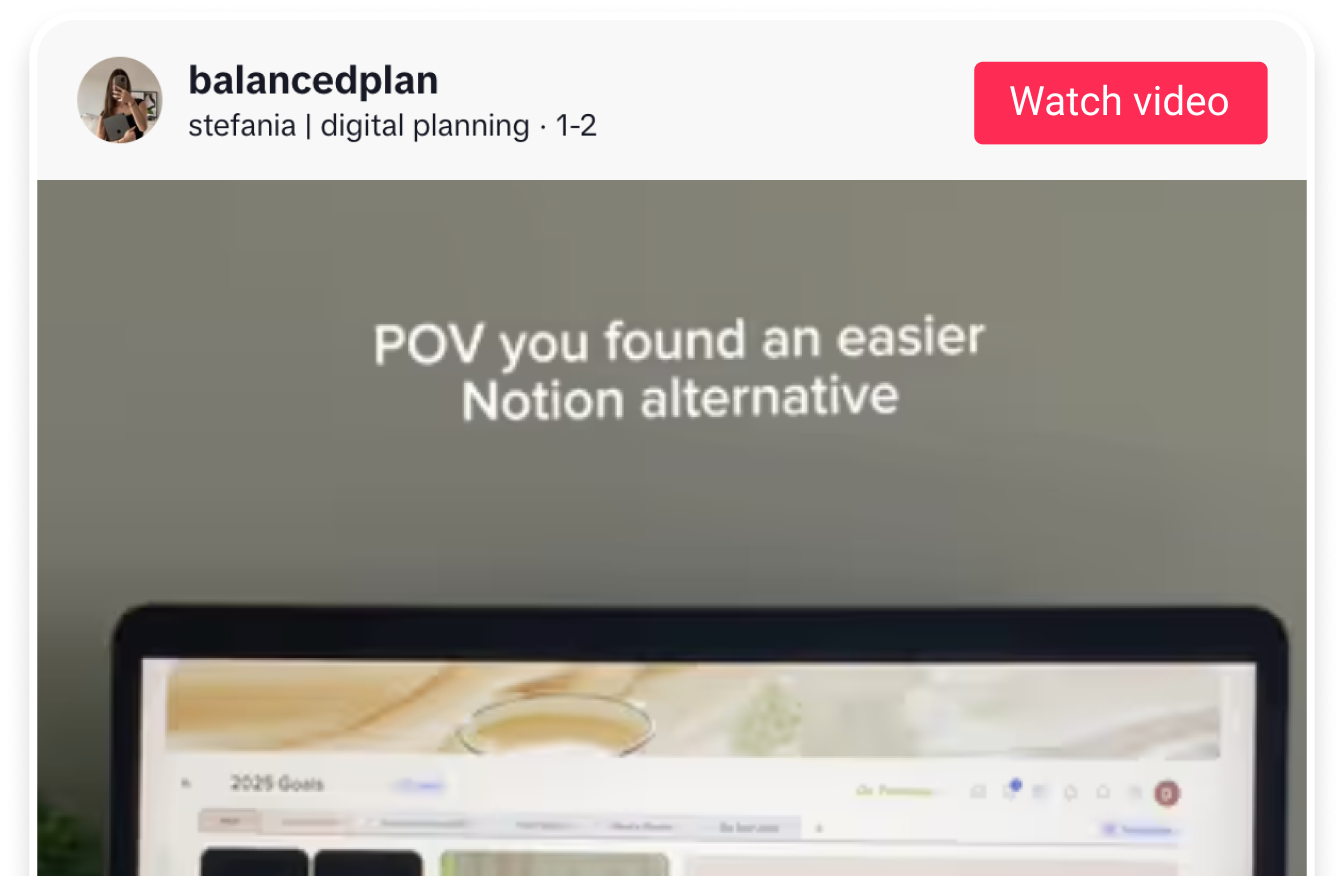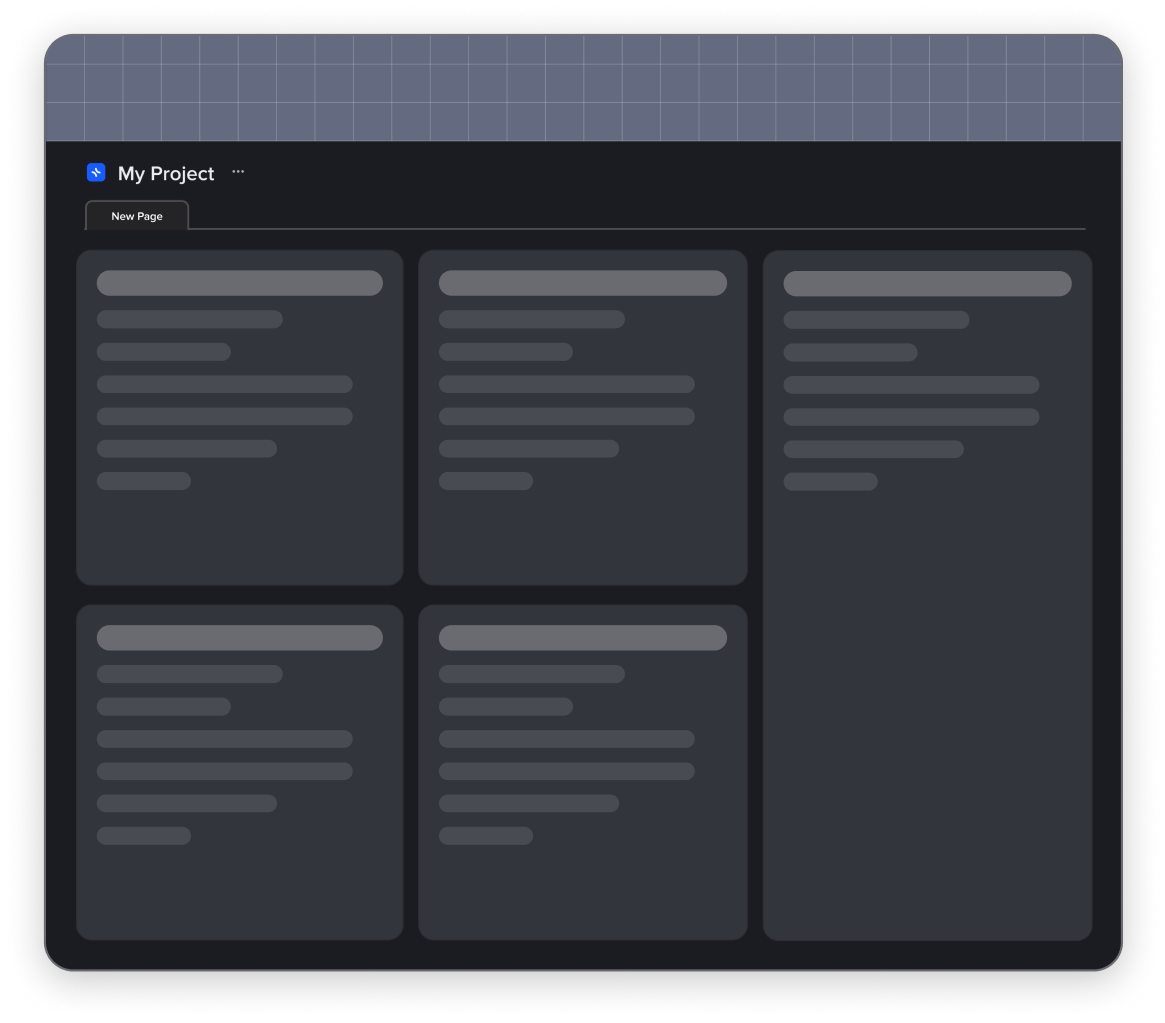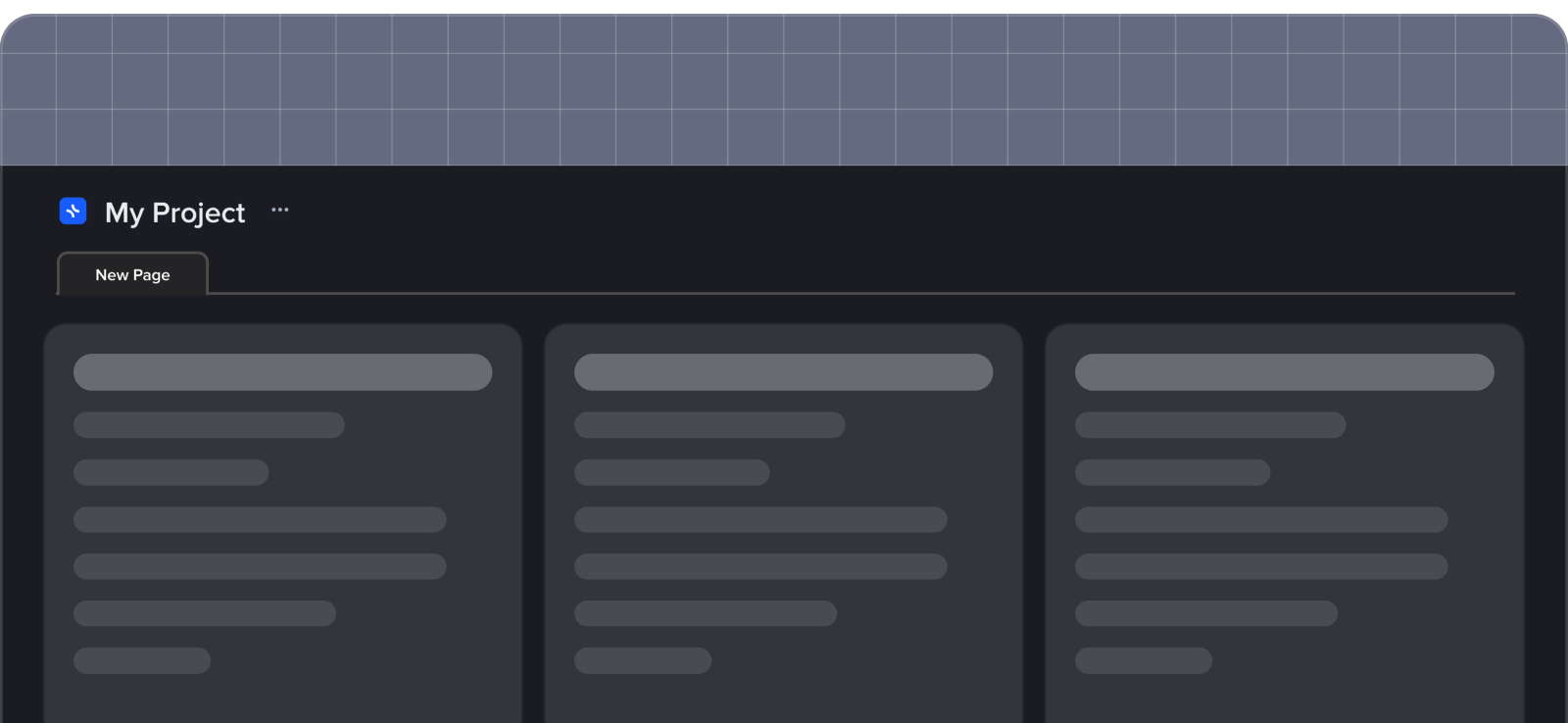Campaign brief template
Marketing plays a vital role in communicating a business’s offerings to consumers. It has numerous tools and approaches to help businesses reach their goals, and new ones are being invented constantly. One of them is a campaign brief that helps companies to establish a connection with their target audience.
By crafting a campaign brief, companies ensure that their communication and advertising materials effectively resonate with potential customers. As a rule, it provides detailed information about a specific campaign’s goals, target audience, messaging, creative concepts, media channels, budget, timeline, and other tactical elements.
Having a clear understanding of what a campaign briefing entails and what elements to include is key to delivering a compelling marketing campaign. A campaign brief template is a shortcut with a guarantee that no point will be missed among the unstoppable stream of information.
In this article, we will explore the concept of a campaign briefing, highlight essential components to include, and provide guidance on writing one effectively using the xTiles Campaign Brief Template. We also offer you a campaign brief example to show you what you can get using the template.
What is a campaign brief?
A campaign brief serves as a foundational document that establishes your marketing campaign’s fundamental guidelines and objectives. Whether your company uses email marketing, telemarketing, or advertisements, the campaign brief outlines what you aim to achieve through these efforts.
The document’s significance extends beyond in-house campaigns, as it plays a crucial role when collaborating with agencies or other third parties. By clearly communicating your objectives, a campaign brief empowers companies to align their expectations and ensure everyone involved understands the desired outcomes.
This comprehensive document covers various aspects of the campaign, including identifying the target audience, specifying the desired audience actions, and determining the project budget. By addressing these key elements, the campaign brief ensures that all contributors involved have a shared understanding of its purpose and can collectively work towards achieving the defined goals.
Why do companies need campaign briefs?
Crafting an effective campaign brief is crucial for establishing the purpose and scope of any marketing campaign in accordance with the available resources and capacities of the company and/or team. These briefs serve several important functions, including:
1. Providing key product information
Campaign briefings communicate essential product information to creative teams, enabling them to gain a better understanding of company expectations. This information empowers the creative team to develop relevant and impactful marketing materials that will be in alignment with the initial idea.
2. Setting clear campaign goals
The opportunity to clearly explain works in both directions. By outlining campaign objectives and desired outcomes, briefings help companies set clear goals. This clarity ensures that everyone involved in the campaign understands the intended direction and can work towards achieving the defined objectives.
3. Aligning with a brand image
Campaign briefings ensure the planned campaigns align with the established brand image and messaging. This alignment helps maintain brand consistency throughout the whole campaign/project and reinforces the desired brand perception among the target audience.
4. Decreasing approval time
With a comprehensive briefing, the decision-making and approval processes become more efficient. Stakeholders can review the campaign details, provide feedback, and make informed decisions more swiftly, reducing project approval time.
5. Establishing evaluation measures
Effective campaign briefings include measures to evaluate the success of the campaign. That allows companies to track key performance indicators, monitor the campaign’s impact, and make data-driven adjustments to optimize results.
6. Creating a streamlined overview
Campaign briefings provide a concise and organized overview of the intended campaign. That allows stakeholders to grasp the campaign’s strategy, target audience, messaging, channels, and budget at a glance, facilitating effective communication and coordination among teams.

